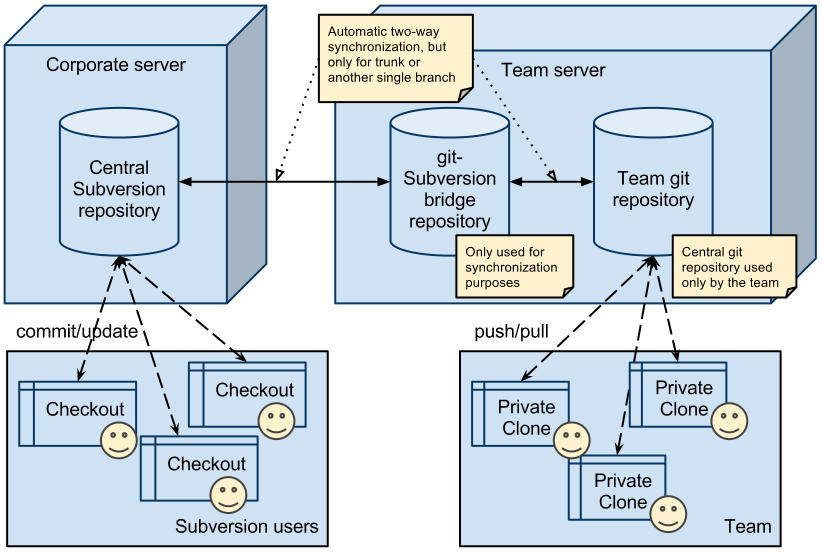An Overview of Subversion (SVN): Features, Structure, and Use Cases
Subversion (SVN) is an open-source version control system that manages changes to files and directories over time. It was created in 2000 by CollabNet Inc. as a successor to the Concurrent Versions System (CVS) and has since become widely adopted in various software development projects.
Key Features
1. Version Control: SVN keeps a complete history of changes made to files and directories, allowing users to revert to previous versions if needed. This feature is crucial for software development, where tracking changes and maintaining a history of modifications is essential.
2. Atomic Commits: SVN supports atomic commits, meaning that changes to multiple files are committed as a single transaction. If an error occurs during the commit, the system ensures that no partial updates are made, maintaining the integrity of the repository.
3. Directory Versioning: Unlike CVS, which treats files as the primary objects of version control, SVN also allows for versioning of directories. This feature enables users to move, rename, and delete directories while preserving their history.
4. Branching and Merging: SVN provides powerful branching and merging capabilities, allowing developers to create separate lines of development for new features or bug fixes. Merging changes back into the main branch can be done easily, making it suitable for collaborative projects.
5. Network Access: SVN can be accessed over a network, enabling multiple users to collaborate on the same project from different locations. It supports various network protocols, including HTTP(S), SVN, and FTP.
6. Client-Server Architecture: SVN follows a client-server model, where the repository resides on a central server, and users interact with it through client applications. This architecture facilitates collaboration among distributed teams.
7. Cross-Platform: SVN clients are available for various operating systems, including Windows, macOS, and Linux. This cross-platform compatibility makes it accessible to a wide range of users.
Repository Structure
SVN repositories are structured hierarchically, typically organized into three main directories:
- trunk: The main line of development, where the latest stable code resides.
- branches: A directory for development branches, allowing for parallel development without affecting the main codebase.
- tags: A directory for snapshots of the project at specific points in time, often used for release versions.
Use Cases
SVN is commonly used in software development projects, documentation management, and other collaborative environments where version control is necessary. Its ability to manage large binary files and integrate with other tools makes it suitable for various applications, from small projects to large enterprises.
Integration with Development Tools
Many integrated development environments (IDEs) and code editors support SVN integration, providing developers with tools to manage version control directly within their development workflow. Popular IDEs like Eclipse, Visual Studio, and IntelliJ IDEA offer plugins for SVN, streamlining the development process.
Conclusion
Subversion remains a robust and reliable version control system, particularly for projects requiring strong support for binary files, complex branching, and a centralized model of version control. While newer systems like Git have gained popularity for their distributed nature and performance, SVN continues to be a valuable tool for many developers and teams worldwide. Its rich feature set and ease of use make it a preferred choice for organizations that prioritize stability and collaboration in their development processes.


